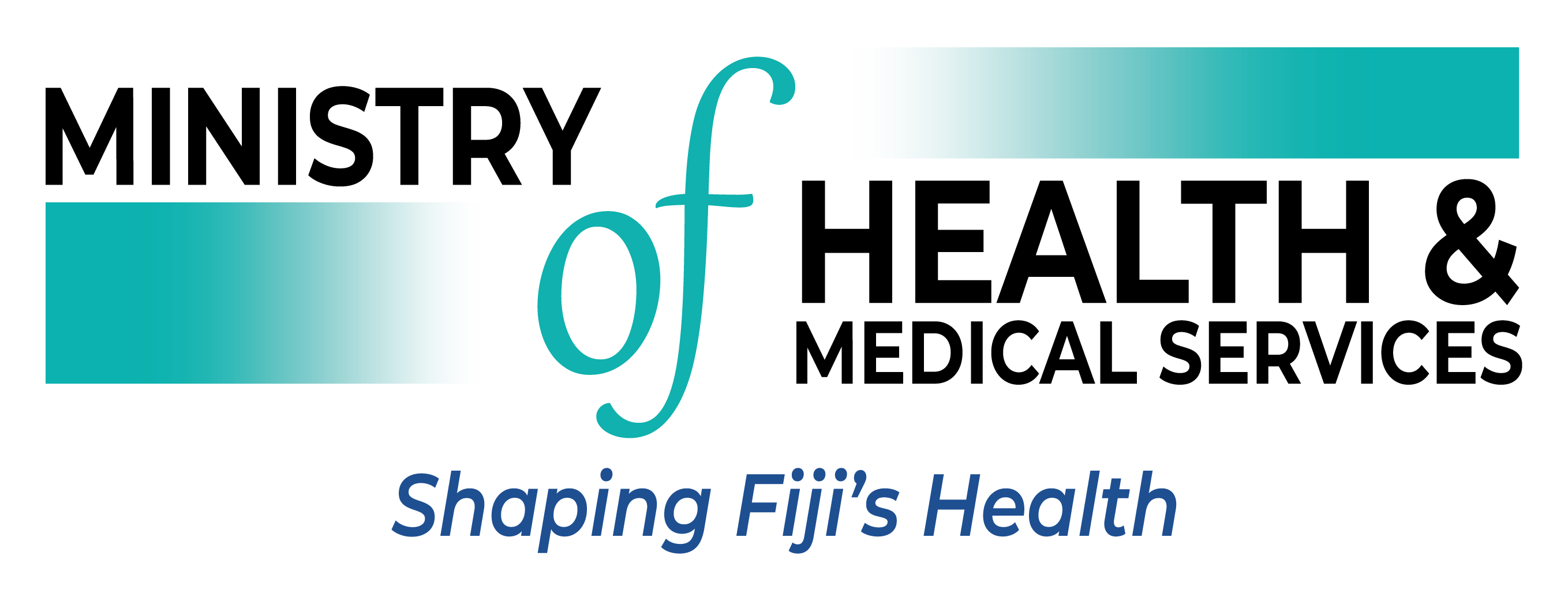What it is?
Trachoma is a potentially blinding infectious eye disease spread by direct or indirect contact with infected individuals. It is caused by a bacterial infection called Chlamidia trachomatis.
The infection causes a roughening of the inner surface of the eyelids. This roughening can lead to pain in the eyes, breakdown of the outer surface or cornea of the eyes. Trachoma can result in blindness after repeated re-infections that cause this scarring of the cornea.
It is the world’s leading cause of preventable blindness and often occurs where people live in overcrowded conditions with limited access to clean water and health care.
Trachoma in Fiji
Trachma is a risk in Fiji, often due to a number a risk factors being present. This includes dirty faces, lack of access to clean water, unsanitary waste disposal systems, people living too close to animals or animal pens. Infection usually first occurs in childhood but people do not became blind until adulthood. It is most common in small children (3-5 years of age) who spread it to their siblings, mothers, and classmates.
How is it Spread?
Trachoma spreads easily from person to person and is frequently passed from child to child and from child to mother within the family.
Trachoma is spread by direct or indirect contact with eye, nose, or throat secretions of an individual with trachoma, or indirectly via flies or other insects carrying those secretions on their legs or bodies. Common denominators are poor hygiene, unsanitary water supplies, and shared towels.
What are the Symptoms?
The affected individual develops redness and irritation of the eyes with tearing, they may experience symptoms of conjunctivitis, or irritation similar to pink eye.
The conjunctival inflammation is called “active trachoma” and usually is seen in children, especially pre-school children. It is characterised by white lumps in the undersurface of the upper eyelid and by non-specific inflammation and thickening of the eyelids.
Most commonly children with active trachoma will not present with any symptoms as the low-grade irritation and ocular discharge is just accepted as normal. However, further symptoms may include:
- Eye discharge
- Swollen eyelids
- Trichiasis (turned-in eyelashes)
- Swelling of lymph nodes in front of the ears
- Sensitivity to bright lights
- Increased heart rate
- Further ear, nose and throat complications.
- Corneal Ulcers
Prevention of progression to blindness requires adequate and prompt treatment, in addition to education and teaching proper hygiene to parents and children.
What are the risks?
Trachoma progresses over the years as repeated infections cause scarring on the inside of the eyelid, so that the eyelashes eventually turn in. This causes rubbing on the cornea at the front of the eye. The cornea becomes scarred leading to severe vision loss and eventually blindness.
This can have a huge impact not only on the infected individual, but also on families as blindness generally leads to inability to work, which can cause serious economic problems for families.
If diagnosed early enough, Trachoma is easily treated.
How do I reduce my risk of Trachoma?
To reduce you risk of infection with Trachoma, you should ensure you follow proper hygiene practices:
- Face washing and hand-washing. Keeping faces clean, especially children’s, can help break the cycle of reinfection.
- Controlling flies. Reducing fly populations can help eliminate a major source of transmission.
- Proper waste management. Properly disposing of animal and human waste can reduce breeding grounds for flies.
- Improved access to water. Having a fresh water source nearby can help improve hygienic conditions.
If you’ve been treated for trachoma with antibiotics or surgery, re-infection is always a concern. For your protection and for the safety of others, be sure that family members or others you live with are screened and, if necessary, treated for trachoma.
Although no vaccine is available, trachoma prevention is possible. The World Health Organization (WHO) has developed a health strategy to prevent trachoma, with the goal of eliminating trachoma in the world by 2020. The strategy is titled SAFE, which includes:
- Surgery to treat advanced forms of trachoma
- Antibiotics to treat the infection and prevent further spread of infection
- Facial cleanliness
- Environmental improvements, particularly in water, sanitation and fly control, to lower disease transmission
How is it diagnosed?
Trachoma is commonly diagnosed by examining the eyes and eyelids of the patient. Health workers and doctors are very capable of diagnosing trachoma through examination.
How is it treated?
The treatment is relatively simple. A single oral dose of antibiotic is the preferred treatment, plus making safe water available and teaching simple cleanliness.
Due to the contagiousness of trachoma, it is necessary to treat all who might be in contact with the infected individuals.
When trachoma has progressed to inward-turning of the lashes, surgery is necessary to correct this and prevent the lashes from scarring the cornea.
More Information
Information on this page was adapted from the following sources, where you can also learn more about Trachoma;
www.medicinenet.com/trachoma
http://en.wikipedia.org/wiki/Trachoma
http://www.mayoclinic.org/diseases-conditions/trachoma/
www.who.int/water_sanitation_health/diseases/trachoma/en/
Last Updated on 10 years by Publishing Team
